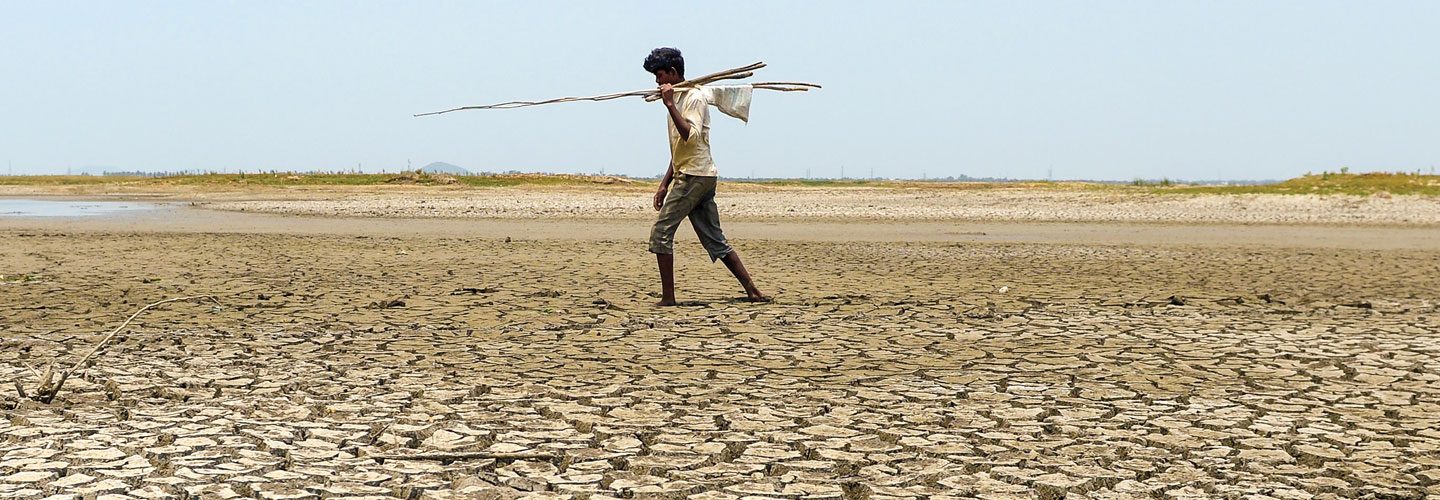Two degrees Fahrenheit. That’s roughly how much Earth’s average temperature has risen since the 1880s. While it may not sound like much, the change is having effects all over the globe: Ice is melting at the North and South poles. Ocean levels are rising. In some places, rainfall is getting heavier; in others, droughts are becoming more severe.
This shift in Earth’s average temperature and precipitation over a long period of time is called climate change. (You’ve probably also heard the term global warming. That refers to one specific part of climate change: the increase in Earth’s average temperature, which has been linked to human activities.)
Two degrees Fahrenheit. That is about how much Earth’s average temperature has risen since the 1880s. While that may not sound like much, the change is affecting the whole globe. Ice is melting at the North and South poles. Ocean levels are rising. In some places, rainfall is getting heavier. In other areas, droughts are becoming more severe.
This shift in Earth’s average temperature and precipitation over a long period of time is called climate change. (You have probably also heard the term global warming. That refers to one specific part of climate change: the increase in Earth’s average temperature. This has been linked to human activities.)

